- 6,637

- Portugal

Presents the Ferrari 125 F1, the first Formula One Ferrari developed by Enzo Ferrari and the beginning of a famous and glorious F1 team ever.
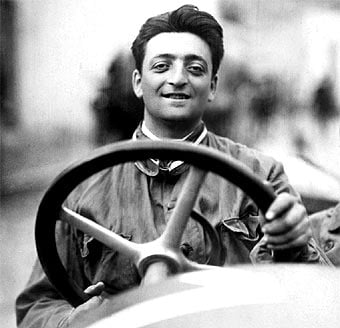
Tribute to Enzo Ferrari
The 125 F1 shared its engine with the 125 S sports racer which preceded it by a year, but was developed at the same time by Enzo Ferrari, Valerio Colotti and the famed designer, Gioacchino Colombo.
The 125 F1 used a supercharged 1.5 L V12 engine and sported a steel tube-frame chassis with longitudinal and cross members.[1] It had a double wishbonesuspension with a transverse leaf spring in front and a torsion bar in the rear which was upgraded to a de Dion tube for 1950. Worm and sector steering and four-wheel drum brakes were the norm for the time. The 2160 mm (85 in) wheelbase was uprated to 2320 mm (91 in) in the 1949 redesign. The chassis and transmission design was by Valerio Colotti.
The 125 F1 was powered by Gioacchino Colombo's 1.5 L (1497 cc/91 in³) 60° V12. It had a single overhead camshaft on each bank of cylinders with a 60° angle between the two banks. The engine had two valves per cylinder fed through one Weber 40DOC3 or 50WCF carburettor. With just a 6.5:1 compression ratio, the supercharged engine still produced 230 hp (172 kW) at 7000 rpm. However, the Roots-type single-stage supercharger was incapable of producing the high-end power required to compete with the strong eight-cylinder Alfa Romeo 158 and four-cylinder Maserati 4CLT. Strong driving and a nimble chassis, however, allowed the company to place third in its first outing, at the Valentino Grand Prix on September 5, 1948 and the company persevered in racing.
For 1949, the engine was further modified with dual overhead camshafts (though still two valves per cylinder) and a two-stage supercharger. This combination gave the car better top-end performance and the resulting 280 hp (209 kW) gave it five Grand Prix wins. Development continued the following year, but the problematic superchargers were dropped in favor of larger displacement and Lampredi's 275 engine superseded the original Colombo engine.
Original chassis have been lost (used for Ferrari 275), but an exact replica with the original Colombo engine currently resides in Museo Ferrari in Maranello alongside newer Ferrari F1 machines.
Specifications
Chassis: Two elliptic section longitudinals and tubular cross members; Aluminium single-seater body
Drive: Rear
Clutch: Dry, single-plate clutch
Gearbox: in block with engine, 5 gears + reverse
Brakes: Drums all round with hydraulic control
Front susp.: Double wishbones, double triangles, lower transverse leaf spring, Houdaille hydraulic dampers
Rear susp.: Swing axle shafts, thrust bars, torsion bar and Houdaille hydraulic dampers
Differential: conventional differential
Weight: 710 kg with water and oil
Wheels: Spoked
Dimensions
Length: 3,685 mm
Width: 1,400 mm
Height: 1,025 mm
Front track: 1,278 mm
Rear track: 1,250 mm
Wheelbase: 2,160 mm

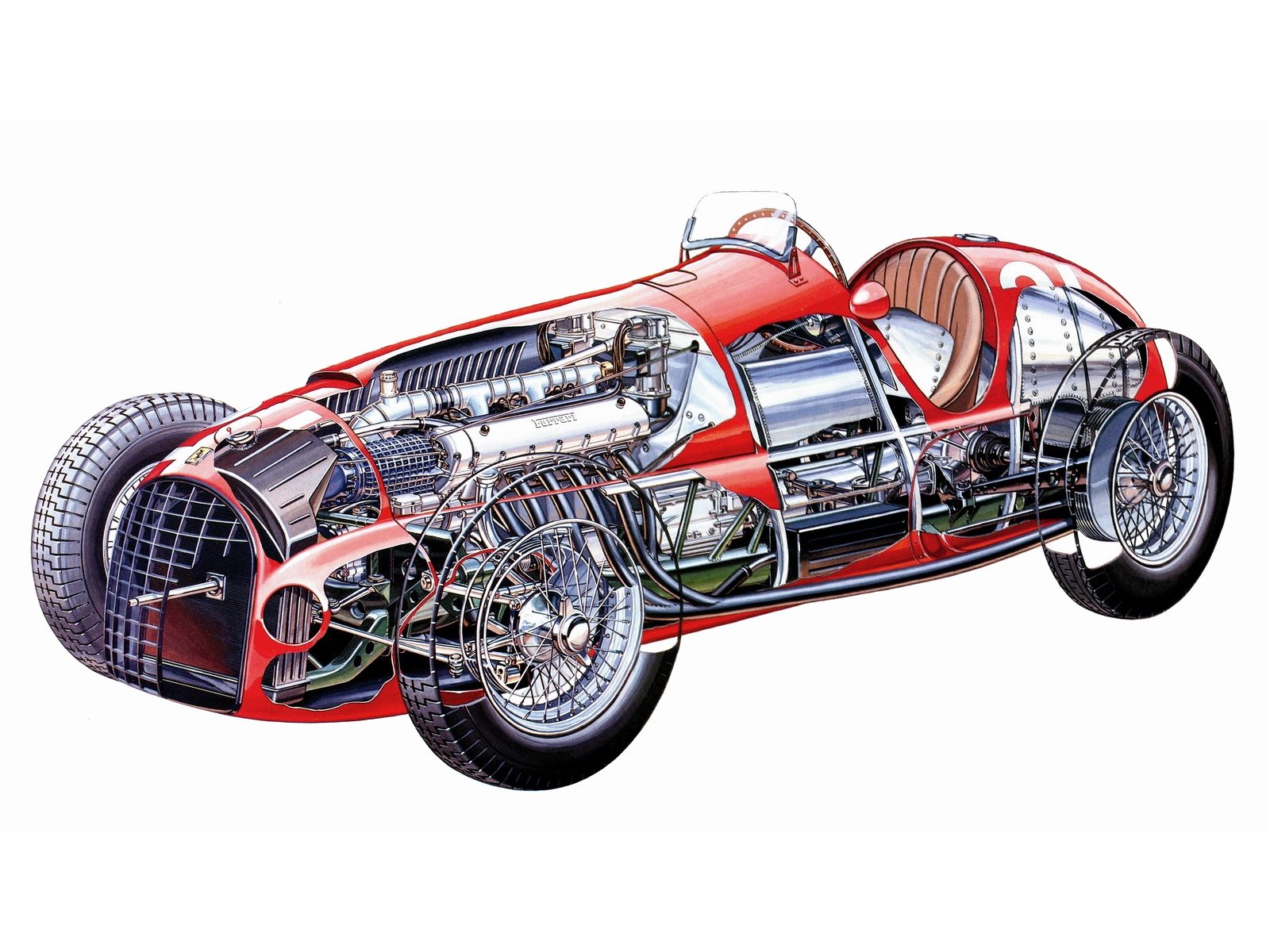

RELATED CARS
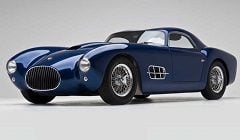

HERE ARE THE OTHER FERRARIS
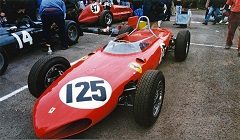
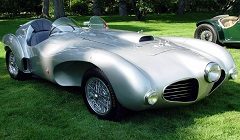
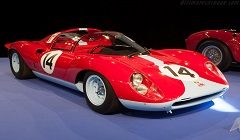
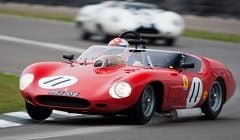
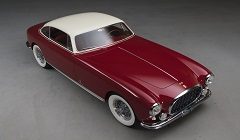
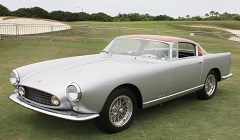
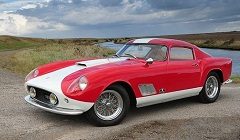
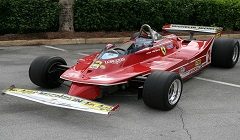
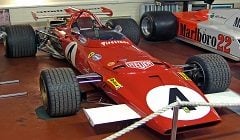

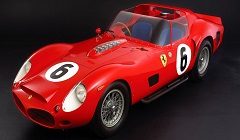
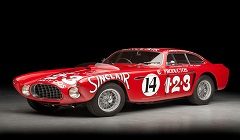

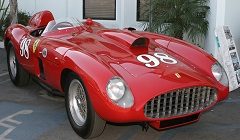
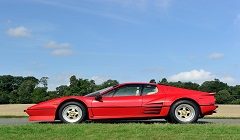
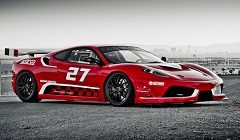
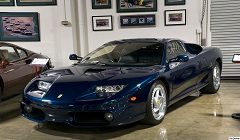
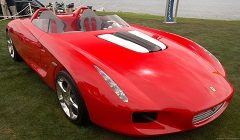

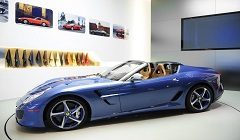
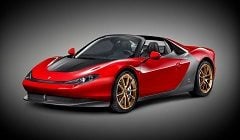
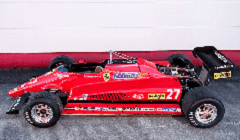
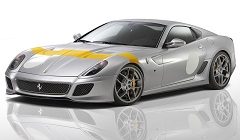
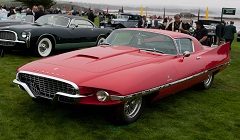
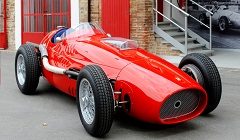
Last edited:

